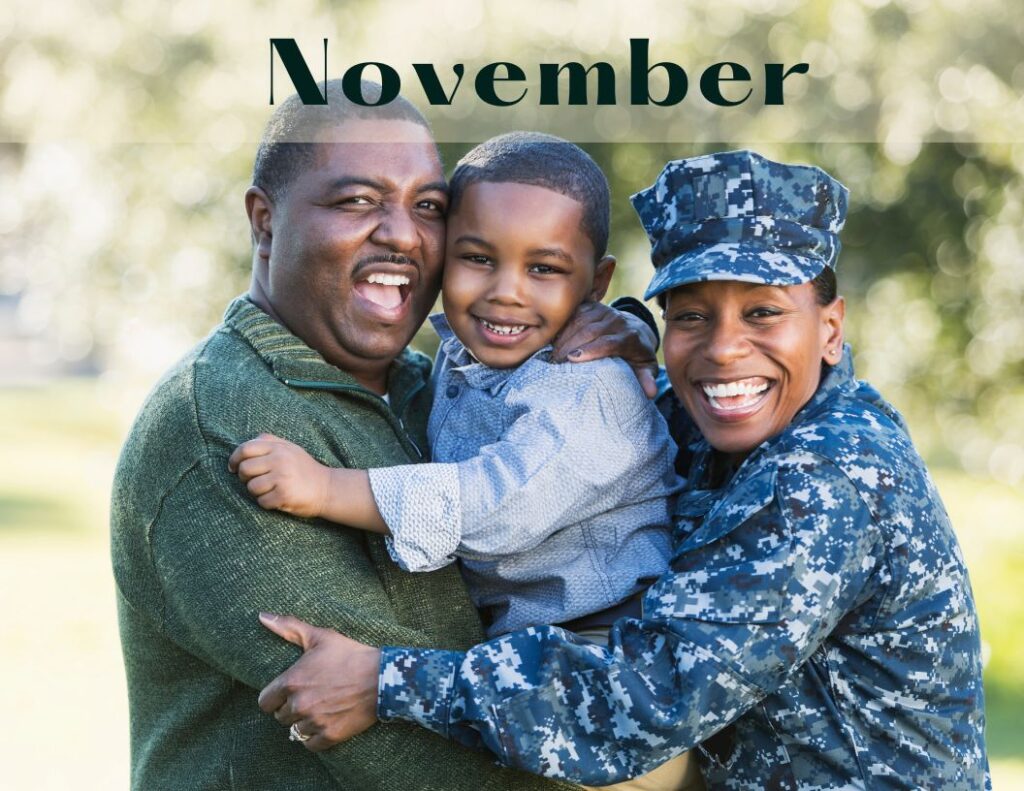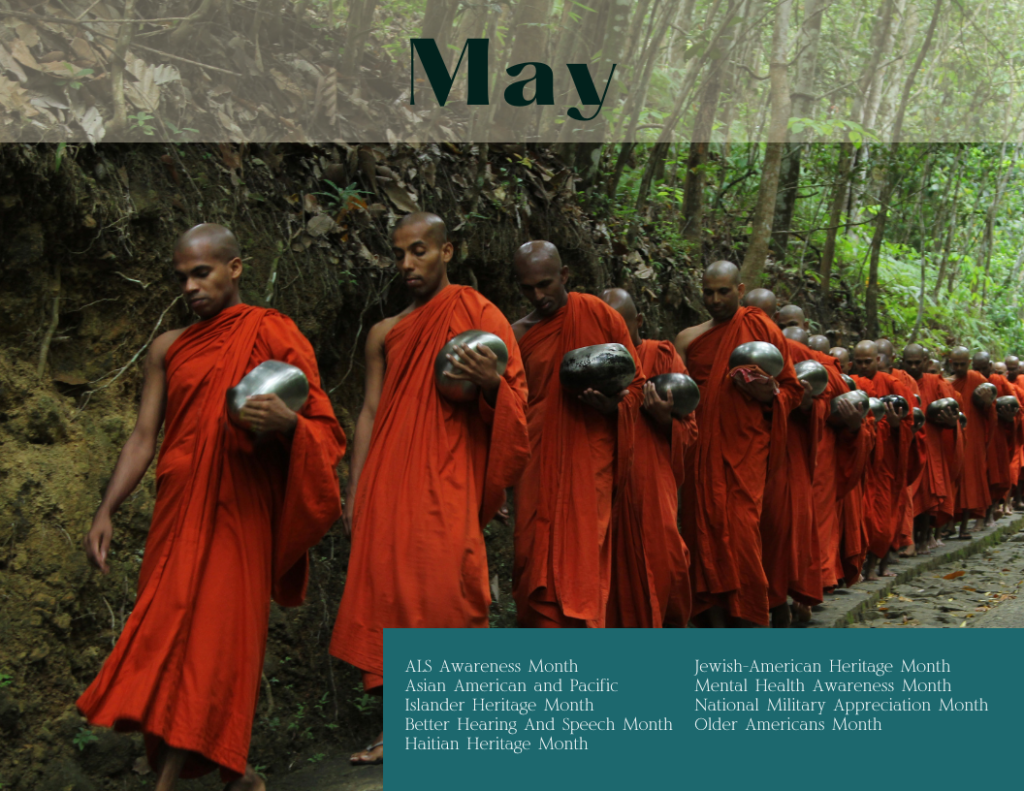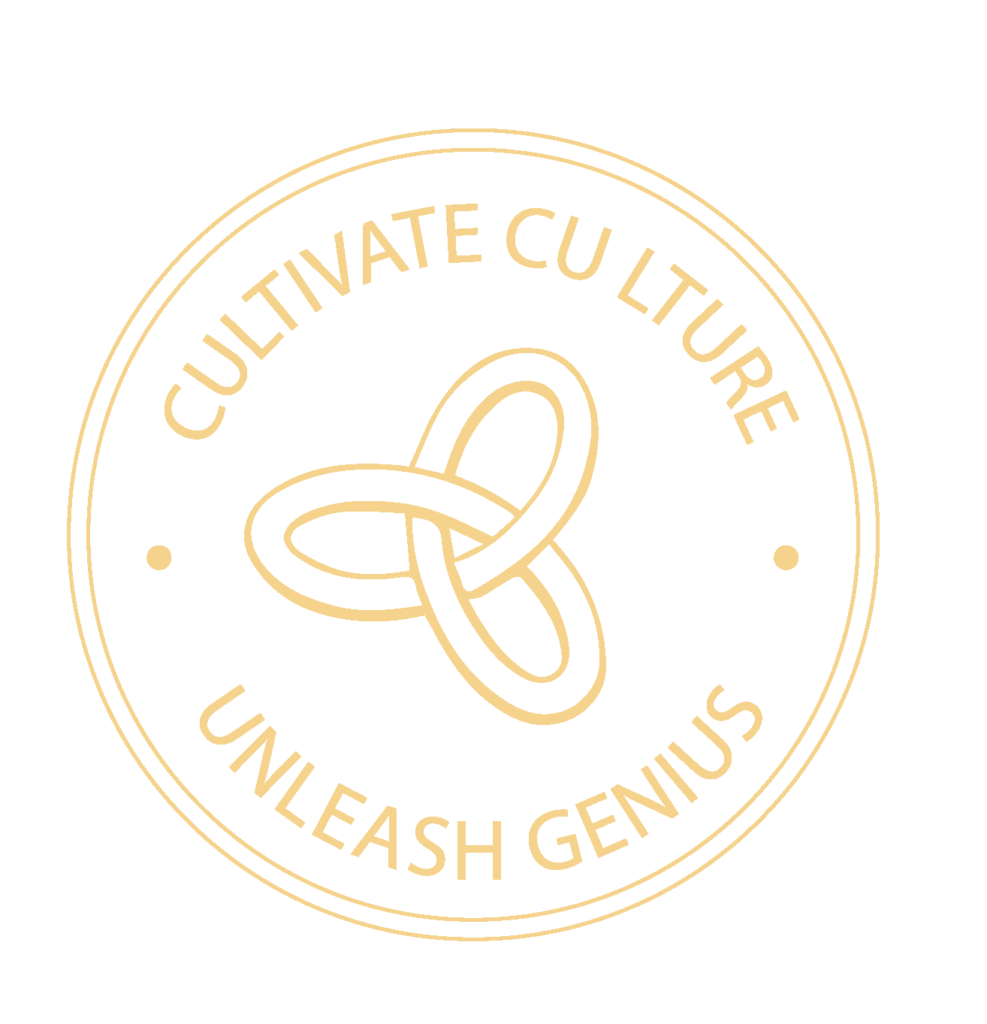Month-long observances:
National Diabetes Month
Diabetes, a condition affecting millions, arises from imbalances in blood sugar levels and exists in two primary types. This month is dedicated to raising awareness of the disease and its impact on human health. Use this time to discuss health resources with your employees and ensure that screenings and care are accessible to everyone.
Observance Suggestion: Lead by example — get tested for diabetes and share your experience. Create a list of free or low-cost testing locations and share it with employees. If testing isn’t covered by your organization’s health plan, consider offering coverage or reimbursement.
Movember
This month, men put their razors down and let their facial hair grow, drawing awareness to prostate cancer and other men’s health issues. Created in memory of Matthew Hill, who passed away due to the disease, this cheeky campaign began when his family vowed to stop shaving for a month and collect the money that would have been spent on razors to be donated to men’s health charities.
Celebration Suggestion: Suggest your employees participate in Movember, and offer a matched donation for those who participate.
American Indian and Alaska Native Heritage Month
This month honors the rich and diverse cultures, traditions, and histories of Indigenous peoples, as well as their vital contributions to modern society. Despite their enduring impact, Native communities often face unique challenges, including underrepresentation and systemic inequities.
Celebration Suggestion: Revamp your supplier programs to actively include and support American Indian and Alaska Native-owned businesses. Leverage organizational funds or platforms to support initiatives that protect Native lands, rights, and sovereignty.
Military Family Appreciation Month
Military families are the backbone of our armed forces, facing constant challenges like deployments, relocations, and the anxieties of potential injury or loss. Military Family Appreciation Month is a time to honor their incredible sacrifices and unwavering resilience.
Observation Suggestion: This month, evaluate your company’s accommodations for military family members. Do you have policies in place to support this community? If not, consider consulting with a culture expert for a refresh.
Calendar dates:
November 1 – All Saints’ Day (Roman Catholic) (same every year)
All Saints’ Day is a holy celebration designed to honor Catholic saints and give thanks to the family and friends who helped guide individuals in their faith.
Celebration Suggestion: Give your employees PTO to spend with their families. Make it easy for them to do so by ensuring their workload isn’t rushed before their leave or will pile up before they come back.
November 1-2 – Dia de los Muertos (same every year)
Day of the Dead is a traditional Mexican holiday that celebrates their ancestors by setting up altars with favorite foods, drinks, and photos. Though the day may be focused on honoring the dead, it’s full of lively celebration including laughter and joy.
Celebration Suggestion: Look to see if there is a Dia de los Muertos celebration within your community. Go, celebrate, and enjoy the stories of your ancestors as well as those around you. Pick up some sugar skulls to share with the office while you’re there, and talk about the holiday as you pass them out!
November 2 – Birth of the Bab (Baha’i) (same every year)
In 1819, Siyyid Ali-Muhammad was born and later became known as Bab, meaning “Gate”. His mission was to herald the coming of the promised manifestation of God (or Baha’u’llah.) This day is celebrated joyously with prayers and readings as well as simple festive gatherings with friends and family.
Observance Suggestion: Respect those who participate in the Baha’i religion by offering them time away from work both physically and mentally.
November 5 – National Stress Awareness Day
Stress has become the number one factor in many people’s health concerns. And while we’re constantly learning about the impact of stress on workplace productivity across industries, it’s also important to understand how to combat it on an individual level. National Stress Awareness Day is designed to help people identify the stresses in their lives and take the time to effectively combat them so it doesn’t continue to do harm.
Observance Suggestion: Create a self-care day for employees. Ask them what self-care means to them, and provide them the opportunity to practice those particular actions.
November 9 – World Freedom Day (same every year)
World Freedom Day commemorates the fall of the Berlin Wall and the end of communist rule. Initiated by President George W. Bush in 2001, this federal observance was initially primarily observed by conservative youth groups, although it was later affirmed more broadly with President Barack Obama’s bipartisan proclamation supporting the day in 2016.
Celebration Suggestion: Allow employees time off to participate in commemorative ceremonies or celebrations if they so choose.
November 9 – World Adoption Day (same every year)
World Adoption Day amplifies the voices within the adoption community, acknowledging the complexities and emotions that are often overshadowed by the joy of creating a family. Adoption is a transformative journey that can involve challenges and transitions for all parties involved, making it essential to approach the topic with empathy and understanding.
Celebration Suggestion: Evaluate your workplace policies to ensure they support adoptive parents, such as offering equitable parental leave and resources for transition support.
November 11 – Veterans Day
Not to be confused with Memorial Day, Veterans Day honors to all men and women who served in the United States armed forces. As a Federal holiday, most businesses give their employees days off and provide extra support to military organizations.
Observance Suggestion: Find an organization that supports active military overseas. (Preferably, Veteran-run organization). Ask what types of supplies you can collect to aid in their support, and consider hosting a “packing party” to put together care packages for active duty servicemembers.
November 13 – World Kindness Day (same every year)
World Kindness Day seeks to shine a light on acts of kindness all over the world. This day encourages people to act out random acts of kindness, doing things for others without want something in return. Many people gift food or clothing, but this can also be done by donating your time, doing someone else’s chores/errands for them, or even offering to pay for groceries to another shopper.
Celebration Suggestion: Encourage employees to participate in random acts of kindness. Do your own random act of kindness, too. Let them leave work early so they can have the time to participate in those acts outside of your organization’s space.
November 16 – International Day for Tolerance (same every year)
While we live in a world that is more interconnected through work, relationships, and technology, greater connection doesn’t always lead to greater understanding. Tolerance goes beyond mere acceptance — it’s about fostering respect for others, both despite and because of our differences.
Observance Suggestion: Invite a speaker or facilitator to lead a discussion on the meaning of tolerance and practical ways to create a culture of respect and inclusion in your workplace. Organize interactive workshops or training sessions to explore unconscious bias, empathy, and strategies for promoting respectful communication.
November 17 – International ERG Day
International ERG Day is an annual event to celebrate and recognize the vital role of Employee Resource Groups (ERGs) within organizations. ERGs are employee-led groups that provide support, professional development, and networking opportunities for members based on shared identities, such as race, ethnicity, gender, sexual orientation, or other characteristics.
Recognition Suggestion: Host an ERG showcase, an event where various ERG’s can share their work, goals, and upcoming events with the entire company. Issue a company-wide statement acknowledging the importance of ERGs and thanking them for their contributions.
November 19 – Women’s Entrepreneurship Day
Globally, women drive about 85% of consumer spending, yet many face significant barriers, including persistent gender pay gaps. In response, a growing number of women have left traditional corporate roles to create their own businesses, becoming impactful entrepreneurs who contribute significantly to economic growth and innovation.
Celebration Suggestion: Organize an event or platform to spotlight women entrepreneurs in your industry, giving them a space to share their journeys and promote their work.
November 19 – International Men’s Day (same every year)
International Men’s Day celebrates the positive male role models all over the world. The fathers who raise kind children, the sons who practice honesty and respect, and the men who actively advocate for equal rights.
Celebration Suggestion: Host a seminar or conference for employees to connect on the issues facing men in your organization and community. Bring in an equal rights speaker to hear how to support those who are fighting for equal rights within your community.
November 13-19 – Transgender Awareness Week (same every year)
Transgender Awareness Week (TAW) aims to raise awareness about the transgender community, their experiences, and the challenges they face. This week aims to combat misinformation and dispel stereotypes surrounding transgender identities, celebrate the unique experiences and contributions of transgender individuals in various fields, and encourage allies to stand up against discrimination and violence faced by the transgender community.
Observance Suggestion: Encourage employees to take this opportunity to update their email signatures to incorporate inclusive language, such as stating their pronouns alongside their name.
November 20 – Transgender Day of Remembrance (same every year)
This day honors and memorializes those who have faced discrimination for not fitting stereotypical “male” and “female” identities. Because of fear and misunderstandings, many transgender people have suffered discrimination, difficult hurdles, and even death. Transgender Day of Remembrance offers a day of love and support to fight against those horrible actions.
Observance Suggestion: Consider how your organization may be perpetuating the stereotypical “male” and “female” roles within your culture. There are simple actions you can take to improve on this: For team building exercises, group employees by birthdate or favorite foods instead of gender roles.
November 20 – Universal Children’s Day (same every year)
Though it originated in Turkey, Universal Children’s Day is observed worldwide. It aims to spread awareness of difficulties many children around the world face, including their rights to education, development, family life, spirituality, and more. This day encourages us to reflect on how adults can improve children’s overall well-being and care.
Observance Suggestion: As a team, sponsor a child through an organization like UNICEF. Ask employees who are parents how you can better support them, so they can support their children.
November 21 – Native Women’s Equal Pay Day (*as of 2024)
There is a strikingly large gap when you look at Native women’s pay. For every dollar a white man makes, a native woman makes 60 cents. Meaning, Native women will earn as much as the same man’s yearly salary… once they work for 20 months.
Observance Suggestion: Find Native Woman-owned businesses and support them. Ask to partner as suppliers.
November 25 – Day of the Covenant (Baha’i)
This day celebrates the appointment of ‘Abdu’l-Bahá as the Centre of Baha’u’llah’s Covenant. This protects the Baha’i religion from alienation by preserving it through unity and celebration. It’s also known as The Greatest Festival because He was the Greatest Branch.
Observance Suggestion: Talk to a person of the Baha’i faith and ask them questions to learn more about it. Since this day is all about unity instead of alienation, ask if you can go to a prayer gathering to learn more about the religion.
November 27 – Ascension of Abdu’l-Baha (Baha’i)
This holiday commemorates the death of the eldest son and successor of Baha’u’llah (the co-founder of the Baha’i faith.) People wanted to celebrate ‘Abdu’l-Bahá on his birthday, but he refused, since it was already an important celebration within their faith, so he chose this day instead.
Observance Suggestion: Bring in a speaker who is familiar with the Baha’i faith. Learn more about it and how those who practice can better be represented and respected within your space.
November 27 – National Day of Mourning/Thanksgiving
While Thanksgiving is traditionally celebrated as a day of gratitude and feasting, it is also recognized as a National Day of Mourning by many Indigenous peoples. This day serves as a reminder of the millions of lives lost and the lasting impact of colonization. It is a time to honor the resilience and history of Indigenous communities and reflect on the complexities of this shared history.
Observance Suggestion: Host a discussion or share educational materials about the true history behind Thanksgiving and the experiences of Indigenous peoples.
November 30 – First Sunday of Advent
The First Sunday of Advent marks the beginning of the liturgical year for many Christian denominations and the start of the Advent season, a period of preparation for the celebration of Jesus’ birth. This season focuses on themes like hope, peace, joy, and love, offering a chance for reflection and renewal.
Observance Suggestion: Organize a volunteer activity or donation drive that supports a cause aligned with the values of hope, peace, and helping others. This allows everyone to participate in a meaningful way, regardless of religious beliefs.




